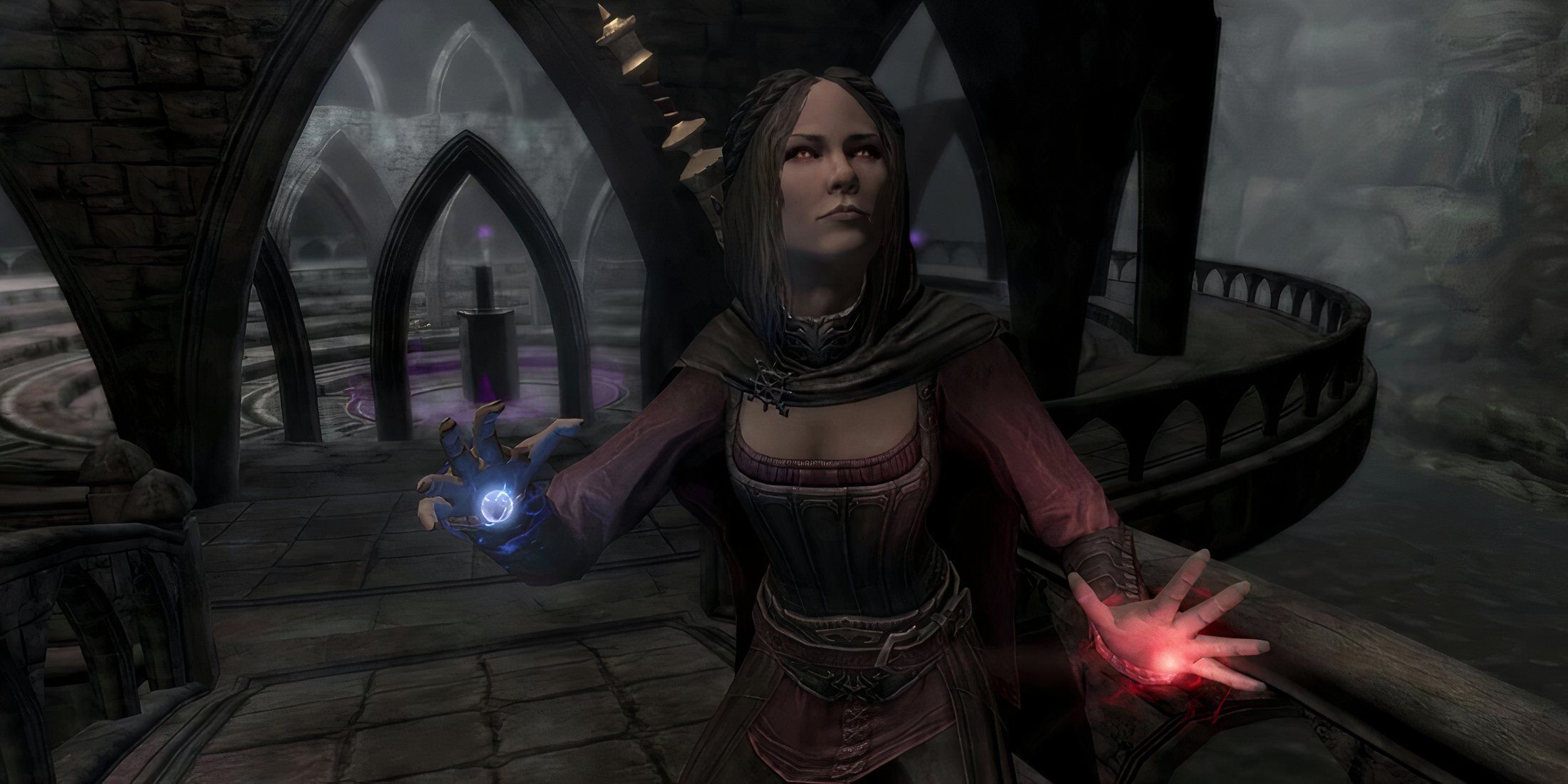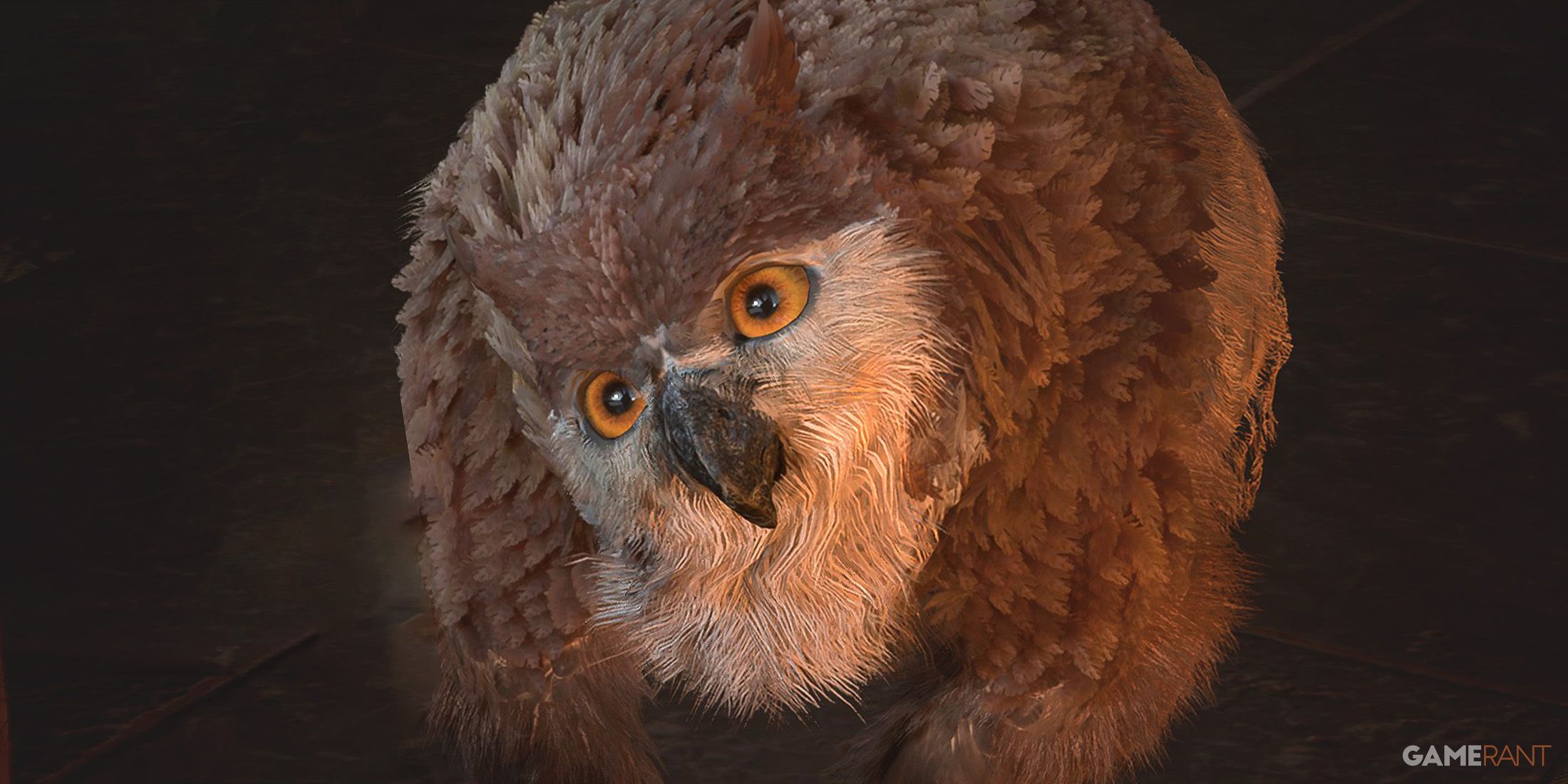One of the main draws of Skyrim is the freedom to play as any kind of character, with a wide variety of playstyles available right from the start of the game, which is something players may come to expect from The Elder Scrolls 6. Two kinds of playstyles have always been popular in Skyrim, but haven’t always had the robust support that they enjoy now: vampires and werewolves. Becoming a vampire or werewolf has always been available in Skyrim, but both received significant changes with the Skyrim expansion pack Dawnguard.
Vampires received an appearance overhaul, the Vampire Lord form, changes to their functionality and overall mechanics, and a skill tree, while werewolves received a skill tree. One of the reasons vampires received such a massive overhaul with Dawnguard was because their original appearance in Skyrim was incredibly lackluster, especially when compared to their iteration in The Elder Scrolls 4: Oblivion. The Elder Scrolls 6 needs to avoid this mistake and get these two playstyles right without the need for expansion packs to correct them because of how essential they are in The Elder Scrolls.
The Differences Between Werewolves and Vampires in Skyrim
Werewolves have numerous advantages, including a 100% resistance to disease. While the werewolf form can only be accessed once per day, using Hircine’s Ring allows the Dragonborn to shapeshift whenever they like, eliminating most drawbacks of becoming a werewolf. The only drawback to lycanthropy in Skyrim is the inability to gain the Well-Rested bonus while sleeping, which for most is a worthwhile trade-off. While werewolves do gain an additional skill tree and some bonus items in the Dragonborn expansion pack, these feel more like bonus supplementary material, and are not essential for playing a werewolf in Skyrim.
Vampirism, however, was more difficult to play before Dawnguard. As vampires are vulnerable to sunlight and fire, it makes playing Skyrim more limiting, as playing during sunlit hours is more difficult. Health, stamina, and magicka do not regenerate while a vampire is in sunlight. Although vampires get several advantages, including a bonus to sneak and numerous unique spells, the difficulty of playing a vampire in Skyrim before Dawnguard made becoming one a more difficult choice. However, with Dawnguard, vampires have numerous advantages, including the use of Auriel’s Bow to remove sunlight during the day. This, coupled with the Vampire Lord skill tree and new options to feed, made vampires more versatile.
As both werewolves and vampires are popular playstyles thanks to the poison and disease resistances they grant and the roleplaying potential they offer, they need to have the kind of versatility and support that Dawnguard offers right from the start in The Elder Scrolls 6. Introducing options that make these playstyles viable only after several years in a paid expansion pack isn’t a great option, especially as these two playstyles have become staples of The Elder Scrolls.
Both playstyles add depth, not only to gameplay, but to the lore of The Elder Scrolls. In the open sandbox worlds that The Elder Scrolls uses, creating the potential for conflict within storylines through gameplay mechanics is the perfect way to get players engaged while creating combat that’s fun and exciting. To leave two playstyles like vampirism and lycanthropy for a future expansion instead of incorporating them into The Elder Scrolls 6‘s base game, at least in a more fulfilling fashion like with Dawnguard, would be a missed opportunity.








